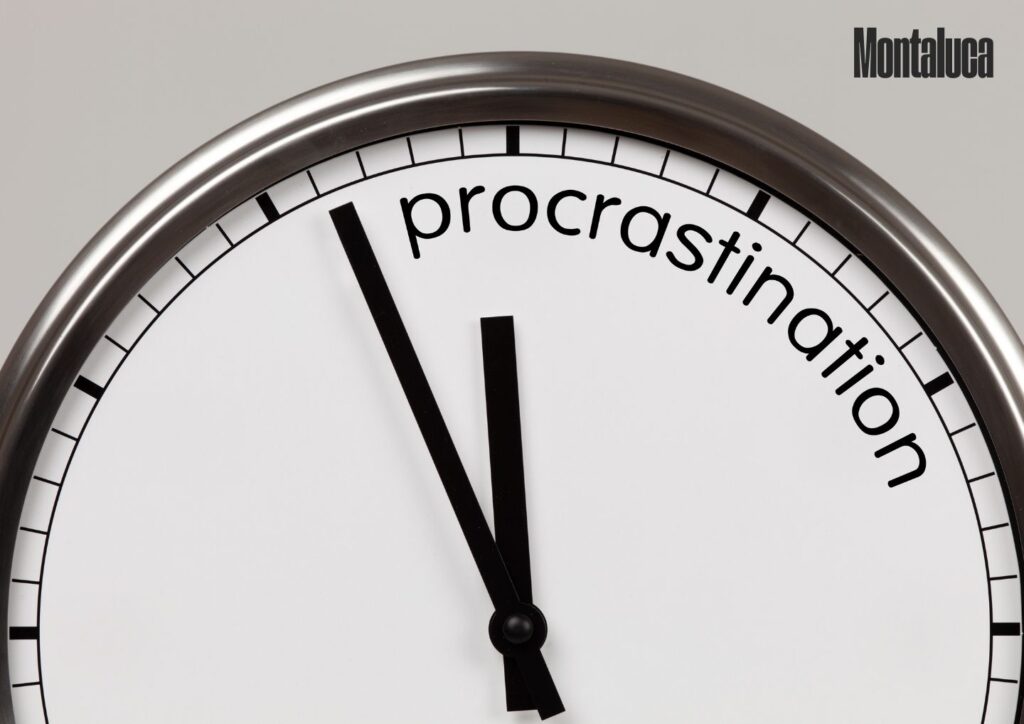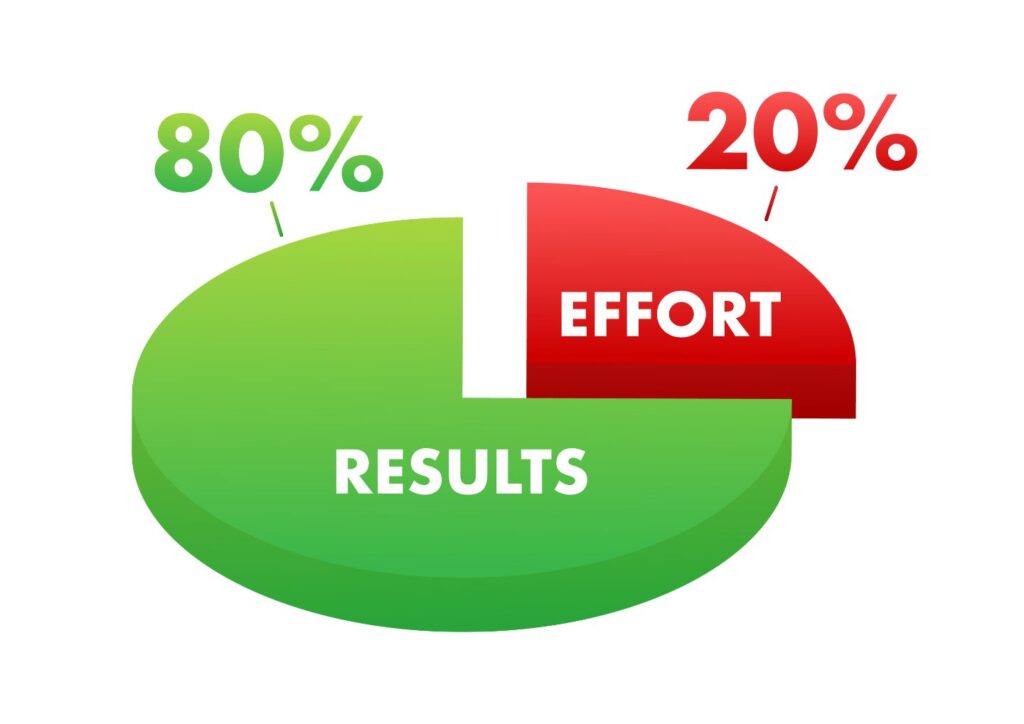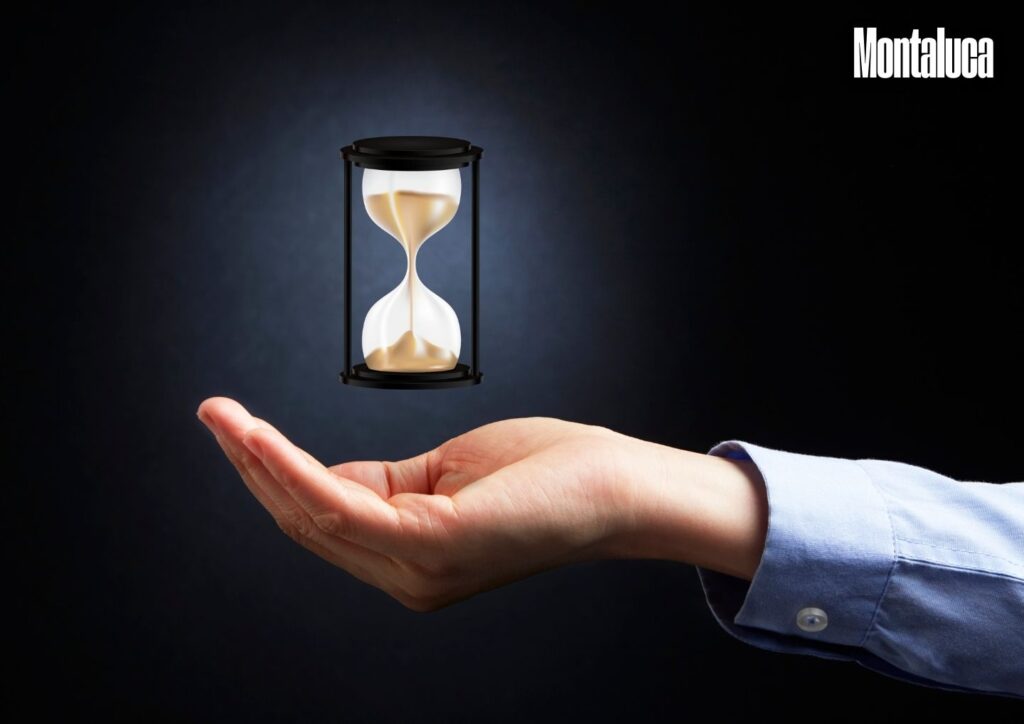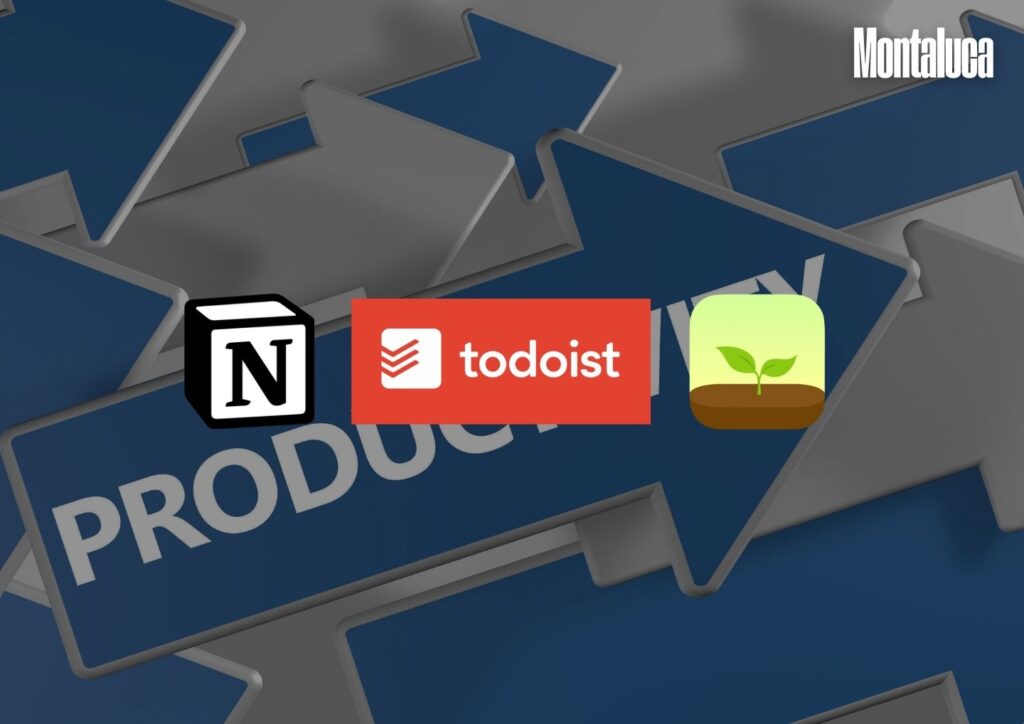If you’re reading this, you probably know the feeling: you’ve got a list of things to do, a looming deadline, and yet you find yourself scrolling Instagram, watching YouTube, or telling yourself “I’ll start in 10 minutes.” That cycle repeats until guilt kicks in, and you either rush through the task at the last minute or avoid it altogether.
That’s procrastination.
And here’s the truth: procrastination isn’t laziness. It’s not a personality flaw or a sign that you’re doomed to fail. It’s a behavior rooted in psychology, biology, and habit. The good news? Like any habit, it can be rewired.
In this guide, we’ll break down what procrastination really is, the root causes behind it, and research-backed ways to stop procrastinating. You’ll learn about the 80-20 rule of procrastination, how ADHD and genetics play a role, and practical tools like Pomodoro, body doubling, and micro-commitments. By the end, you’ll have a toolkit to reclaim your time, focus, and momentum.
Let’s dig in.
Understanding Procrastination

What Is Procrastination?
Procrastination is the act of delaying tasks despite knowing there are negative consequences. You know the assignment is due, the gym session is scheduled, or the email needs sending—but you delay anyway. Psychologists call this a self-regulation problem. It’s not that you don’t want to succeed—it’s that in the moment, your brain chooses short-term comfort over long-term reward.
Procrastination vs. Laziness
Many people confuse procrastination with laziness. The difference?
- Laziness = lack of desire to do anything.
- Procrastination = desire to do something, but inability to start.
For example, the student who delays writing a paper while anxiously scrolling TikTok isn’t lazy. He cares, but his fear of failure or overwhelm blocks him. That’s procrastination.
Is Procrastination Genetic?

Research suggests there’s a genetic link. Twin studies show procrastination is moderately heritable and often tied to impulsivity. This means some people are biologically more prone to delay. But genetics isn’t destiny. Just like you can train muscles, you can train focus and habits to counteract that tendency.
Why Do We Procrastinate? Root Causes
If procrastination isn’t laziness, what drives it? Science points to several root causes:
- Fear of failure – You delay because starting risks revealing you’re not “good enough.”
- Perfectionism – You don’t want to start until conditions are perfect, which never happens.
- Anxiety – Stress about the outcome makes starting feel painful.
- ADHD/executive dysfunction – With ADHD, task initiation is biologically harder due to dopamine regulation.
- Decision fatigue – Too many choices sap willpower, making starting harder.
- Overwhelm – Big, vague goals (like “write a book”) paralyze action.
Insight: Many procrastinators are actually ambitious, not lazy. Their brains are just overloaded with stress and options, so they freeze.
The 80-20 Rule of Procrastination

What Is the 80-20 Rule?
The Pareto Principle, or 80-20 rule, says that 20% of your efforts produce 80% of your results. When it comes to procrastination, this means that a small handful of your tasks are truly high-impact—while the rest is busywork.
Applying It to Procrastination
Instead of tackling everything, ask:
- What 20% of tasks would move the needle most?
- If I only did 2 things today, which would matter most tomorrow?
Example: A student could spend 5 hours “researching” but never start writing. Applying 80-20 means skipping the fluff and writing 500 words. That small action generates most of the progress.
This is the antidote to overwhelm: focus on fewer, more meaningful tasks.
Research-Based Techniques to Stop Procrastination

Self-Compassion vs. Self-Criticism
Most procrastinators beat themselves up. But studies show that self-compassion, not criticism, reduces procrastination. Why? Because guilt fuels avoidance, while kindness reduces fear of failure. Next time you slip, tell yourself: “I’m human. What’s one small step I can take now?”
Break Tasks into Micro-Steps
Big tasks overwhelm. The solution: shrink them until they’re laughably doable. Instead of “write report,” start with “open laptop” → “write one sentence.” Once momentum kicks in, you often keep going.
Use Body Doubling
Popular in ADHD communities, body doubling means working alongside someone else (physically or on Zoom). The silent accountability makes starting and staying on-task easier.
Time-Management Hacks That Actually Work

The Pomodoro Technique
Work in 25-minute bursts, then rest for 5 minutes. This reduces the dread of long sessions and builds rhythm. After 4 cycles, take a longer break. For ADHD brains, Pomodoro is gold—it matches natural attention spans.
Decision Reduction & Habit Stacking
Simplify choices. Steve Jobs wore the same outfit daily to save mental energy. You can automate meals, workouts, or morning routines. Pair new habits with existing ones: “After brushing my teeth, I’ll open my planner.”
These anchors reduce the friction of starting.
Lifestyle Adjustments to Reinforce Momentum

Rituals & Micro-Commitments
Shaolin monks teach that discipline is built on small rituals. Light a candle, play a focus playlist, or do 2 minutes of deep breathing before starting work. It signals your brain: “It’s time to begin.”
Morning Rituals and Flow States
Your mornings set the tone. Start with sunlight, hydration, and one meaningful task. Research shows early-day wins trigger dopamine, making it easier to enter “flow” throughout the day.
Tools, Apps & Accountability Systems

- Apps: Todoist, Notion, Forest (gamifies focus).
- Planners: Old-school pen & paper still works wonders.
- Accountability buddies: Share your goals with a friend. Text each other daily updates.
- Tracking systems: Use habit trackers to visualize consistency. Even a streak of checkmarks can keep motivation alive.
Quick Takeaways
- Procrastination isn’t laziness—it’s fear, overwhelm, or ADHD.
- The 80-20 rule shows most tasks don’t matter—focus on the few that do.
- Self-compassion works better than self-criticism.
- Micro-steps, Pomodoro, and body doubling break inertia.
- Morning rituals and lifestyle tweaks build momentum.
- Tools and accountability systems create consistency.
Conclusion
Procrastination isn’t a permanent curse. It’s a behavior pattern rooted in emotion and habit. Once you recognize that it’s not about laziness but about fear, overwhelm, and executive dysfunction, you can stop blaming yourself and start changing the system around you.
By applying the 80-20 rule, breaking tasks into micro-steps, and using techniques like Pomodoro, body doubling, and self-compassion, you can rewire your relationship with productivity.
The goal isn’t to eliminate procrastination entirely—it’s to shorten the gap between intention and action. If you can start sooner, even imperfectly, you’ve already won.
So next time you catch yourself delaying, pause. Take a breath. Ask yourself: “What’s one small thing I can do right now?” Then do it.
That’s how you beat procrastination—not overnight, but one micro-step at a time.
Frequently Asked Questions by People Who Procrastinate and My Answer
1. Can procrastination be cured?
Not “cured,” but managed. With habits, self-compassion, and the right tools, procrastination can be greatly reduced.
2. What is the root of procrastination?
Fear, perfectionism, ADHD, decision fatigue, and overwhelm are the biggest drivers.
3. What is the 80-20 rule of procrastination?
It means focusing on the 20% of tasks that create 80% of results, instead of busywork.
4. Why am I so lazy and procrastinating?
You’re not lazy. You’re overwhelmed, anxious, or stuck in avoidance mode. The solution is micro-steps.
5. Is procrastination genetic?
Yes, there’s a genetic link to impulsivity. But environment and habits play a bigger role in shaping behavior.
Now it’s your turn:
What’s the smallest micro-step you can take today to beat procrastination? Drop it in the comments—and share this with a friend who always says “I’ll do it tomorrow.”




